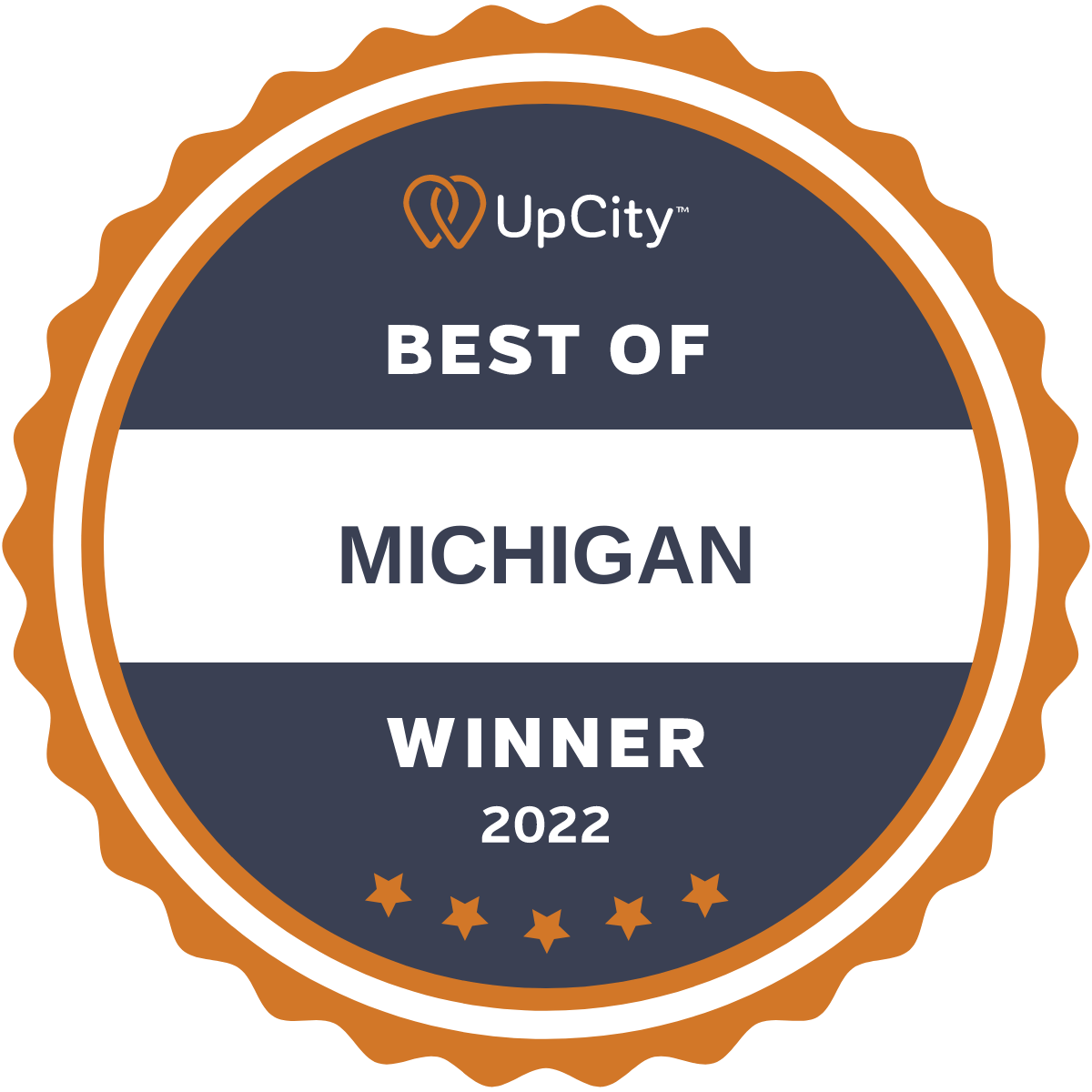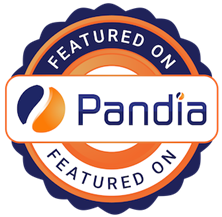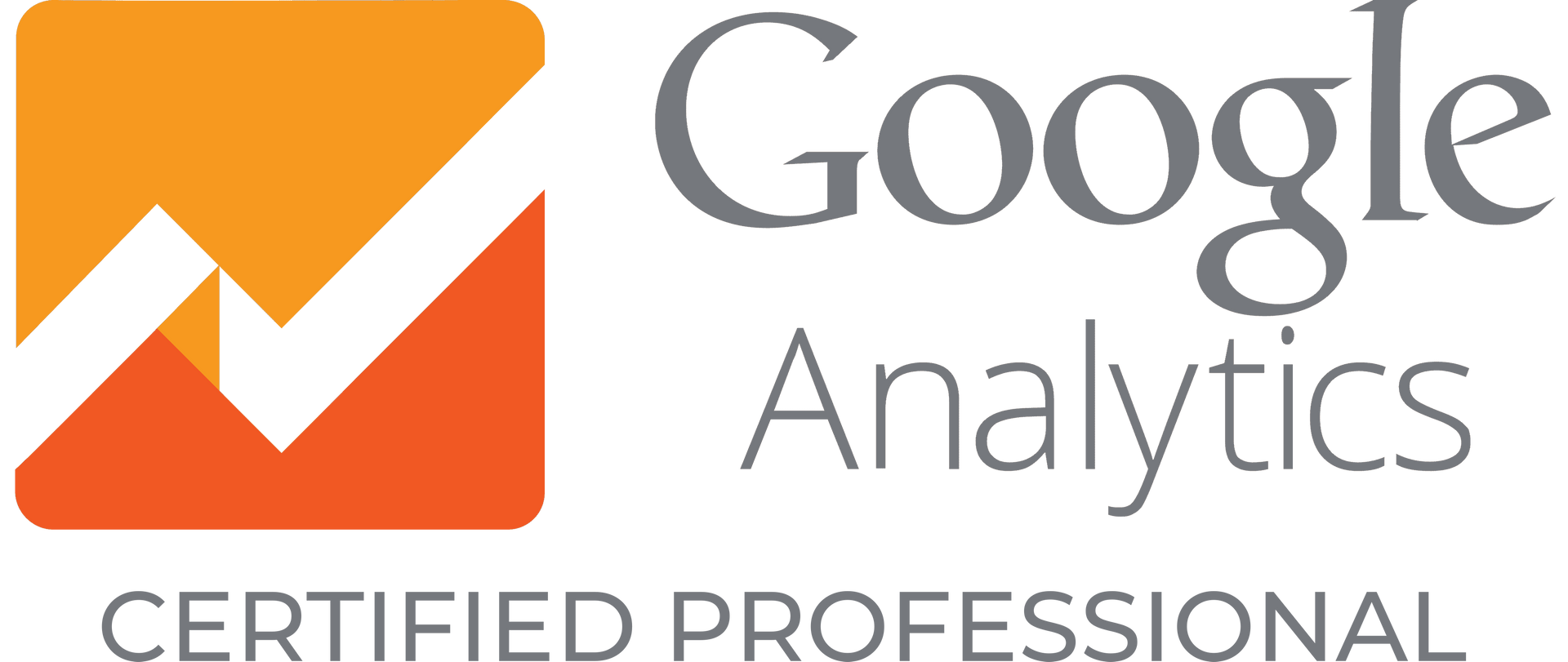10 Concrete Goals for An Amazing SEO Campaign
Search engine optimization is a critical component of any digital marketing strategy. It helps improve your website’s visibility on search engines like Google, driving organic traffic and increasing your chances of converting visitors into customers.
However, launching your first SEO campaign can feel overwhelming without clear goals and a structured plan. This is where our checklist comes in to help!

1. Research and Planning Goals
- Define Your Target Audience
Before diving into SEO, identify your ideal audience. Understand their demographics, interests, pain points, and search behavior. This will help you create content and optimize your site to meet their needs. - Conduct Keyword Research
Use tools like Google Search Console, Ahrefs, or SEMrush to identify relevant keywords for your industry. Focus on a mix of high-volume, low-competition, and long-tail keywords that align with your audience’s search intent. - Analyze Competitors
Study your competitors’ SEO strategies. Identify the keywords they rank for, their backlink profiles, and their content gaps. This will help you find opportunities to outperform them. - Set Clear KPIs (Key Performance Indicators)
Define measurable goals such as organic traffic growth, keyword rankings, bounce rate reduction, and conversion rates. These KPIs will help you track your progress and measure success.
2. On-Page SEO Goals
- Optimize Meta Titles and Descriptions
Write compelling and keyword-rich meta titles and descriptions for each page. These elements influence click-through rates (CTRs) and help search engines understand your content. - Improve URL Structure
Ensure your URLs are short, descriptive, and include target keywords. Avoid using special characters or numbers, and use hyphens to separate words. - Create High-Quality Content
Develop evergreen content that addresses your audience’s needs and incorporates your target keywords naturally. Focus on providing value, whether through blog posts, guides, or product pages. - Optimize Images and Videos
Compress images to improve page load speed and use descriptive file names and alt text to make them search-engine friendly. For videos, add transcripts and optimize titles and descriptions. - Implement Header Tags (H1, H2, H3)
Use header tags to structure your content. Include your primary keyword in the H1 tag and secondary keywords in H2 and H3 tags to improve readability and SEO. - Improve Internal Linking
Link to other relevant pages on your website to help search engines crawl and index your content. Internal linking also improves user experience by guiding visitors to related information.
3. Technical SEO Goals
- Ensure Mobile-Friendliness
With most users browsing on mobile devices, your website must be responsive and mobile-friendly. Use Google’s Mobile-Friendly Test tool to check your site’s performance. - Improve Page Load Speed
Slow-loading pages can hurt your rankings and user experience. Use tools like Google PageSpeed Insights to identify and fix issues affecting your site’s speed. - Fix Broken Links
Regularly audit your website for broken links and fix or remove them. Broken links can harm user experience and negatively impact your SEO. - Create an XML Sitemap
An XML sitemap helps search engines crawl and index your website more efficiently. Submit your sitemap to Google Search Console for better visibility. - Implement SSL Encryption
Secure your website with HTTPS to protect user data and improve trust. Google prioritizes secure websites in its rankings.
4. Off-Page SEO Goals
- Build High-Quality Backlinks
Focus on acquiring backlinks from authoritative websites in your niche. Reach out to industry blogs, collaborate with influencers, and create shareable content to earn links naturally. - Leverage Social Media
Promote your content on social media platforms to increase visibility and drive traffic. While social signals don’t directly impact rankings, they can indirectly boost your SEO efforts. - List Your Business on Directories
Submit your website to reputable online directories like Google My Business, Yelp, and industry-specific directories. This can improve your local SEO and drive targeted traffic.
5. Monitoring and Optimization Goals
- Track Keyword Rankings
Use tools like Ahrefs, SEMrush, or Google Search Console to monitor your keyword rankings and website traffic trends. Regularly analyze your performance and adjust your strategy as needed. - Analyze User Behavior
Use Google Analytics to track metrics like bounce rate, average session duration, and pages per session. This data will help you understand how users interact with your site and identify areas for improvement.
6. Advanced Content Optimization Goals
- Target Featured Snippets
Featured snippets are prime real estate on search engine results pages (SERPs). To target them, create content that directly answers common questions in your niche. Use concise, well-structured answers, and format your content with bullet points, tables, or numbered lists. - Update and Repurpose Old Content
Regularly audit your existing content to identify outdated or underperforming pieces. Update them with fresh information, new keywords, and improved formatting. Repurpose successful content into different formats, such as videos, infographics, or podcasts, to reach a wider audience. - Focus on E-E-A-T (Expertise, Authority, Trustworthiness)
Google prioritizes content that demonstrates expertise, experience, authority, and trustworthiness. Showcase your credentials, include author bios, and cite reputable sources to build credibility.
7. Local SEO Goals
- Optimize for Local Search
If you have a physical location or serve a specific geographic area, optimize for local SEO. Claim your Google My Business listing, include location-based keywords, and encourage customers to leave reviews. - Build Local Citations
Ensure your business name, address, and phone number (NAP) are consistent across all online directories and platforms. Local citations help improve your visibility in local search results. - Create Location-Specific Content
Write blog posts or landing pages tailored to your local audience. For example, a restaurant could create content like “Top 10 Must-Try Dishes in [City]” to attract local customers.
8. Technical SEO Enhancements
- Implement Structured Data Markup
Use schema markup to help search engines understand your content better. For example, add product schema for e-commerce sites or recipe schema for food blogs. This can enhance your search listings with rich snippets. - Optimize for Core Web Vitals
Google’s Core Web Vitals measure user experience metrics like loading speed, interactivity, and visual stability. Focus on improving these metrics to boost your rankings. - Fix Duplicate Content Issues
Duplicate content can confuse search engines and dilute your rankings. Use canonical tags to indicate the preferred version of a page and consolidate similar content.
9. Link-Building and Outreach Goals
- Guest Blogging
Write guest posts for reputable websites in your industry. This not only helps you build backlinks but also establishes your authority and expands your audience. - Collaborate with Influencers
Partner with influencers or thought leaders in your niche to create co-branded content or campaigns. Their endorsement can drive traffic and improve your credibility. - Monitor and Disavow Toxic Backlinks
Regularly audit your backlink profile to identify spammy or low-quality links. Use Google’s Disavow Tool to prevent these links from harming your rankings.
10. Analytics and Reporting Goals
- Set Up Conversion Tracking
Use tools like Google Analytics and Google Tag Manager to track conversions, such as form submissions, purchases, or newsletter sign-ups. This helps you measure the ROI of your SEO efforts. - Create Custom Dashboards
Build custom dashboards in Google Analytics or other tools to monitor your most important metrics in one place. This saves time and provides a clear overview of your campaign’s performance. - Conduct Regular SEO Audits
Perform comprehensive SEO audits every few months to identify technical issues, content gaps, and opportunities for improvement. Use the insights to refine your strategy.

Key Takeaways
Your first SEO campaign is an opportunity to lay a strong foundation for your online presence. By setting these concrete goals, you can create a structured and effective strategy that drives organic traffic, improves rankings, and boosts conversions. Remember, SEO is an ongoing process, so regularly review your performance, adapt to changes, and continue optimizing your efforts. With dedication and the right approach, your first SEO campaign can set the stage for long-term success.
If this still seems overwhelming or you don’t have the time, contact us at 616.259.4359 or designs@speckdesigns.com and we will provide you with our recommendations, or we can complete the necessary tasks you need.









